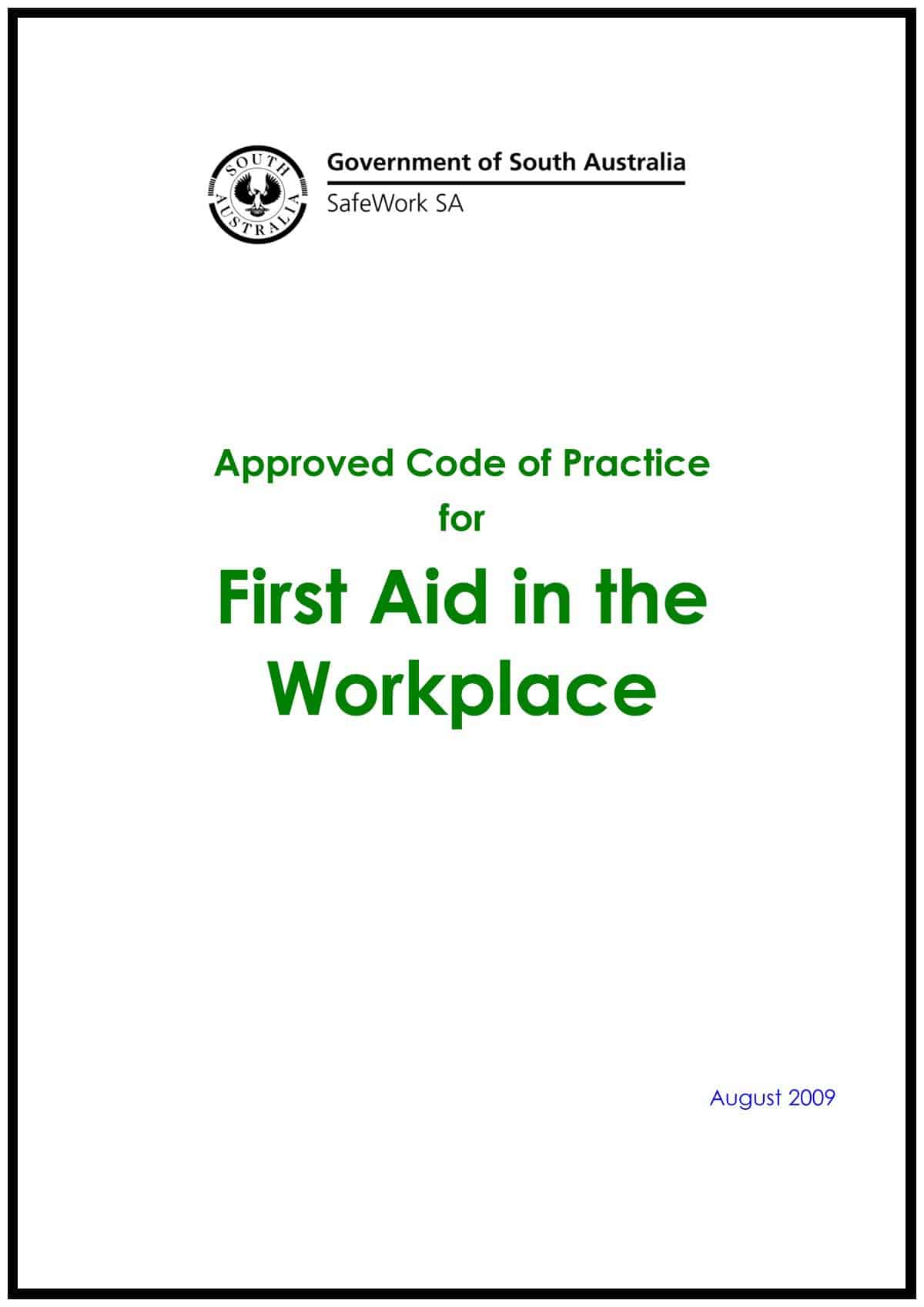In November 2009, Peter Sandman delivered the Berreth Lecture at the annual conference of the National Public Health Information Coalition (NPHIC). Significantly Sandman was asked not to present on risk communication but about his experiences in risk communication and how he came to prominence in the field.
The NPHIC has made the 65-minute video of his lecture available on-line. Sandman has the audio available through his website. The speech notes are also available but, as is his wont, Sandman diverges from the “script” frequently.






